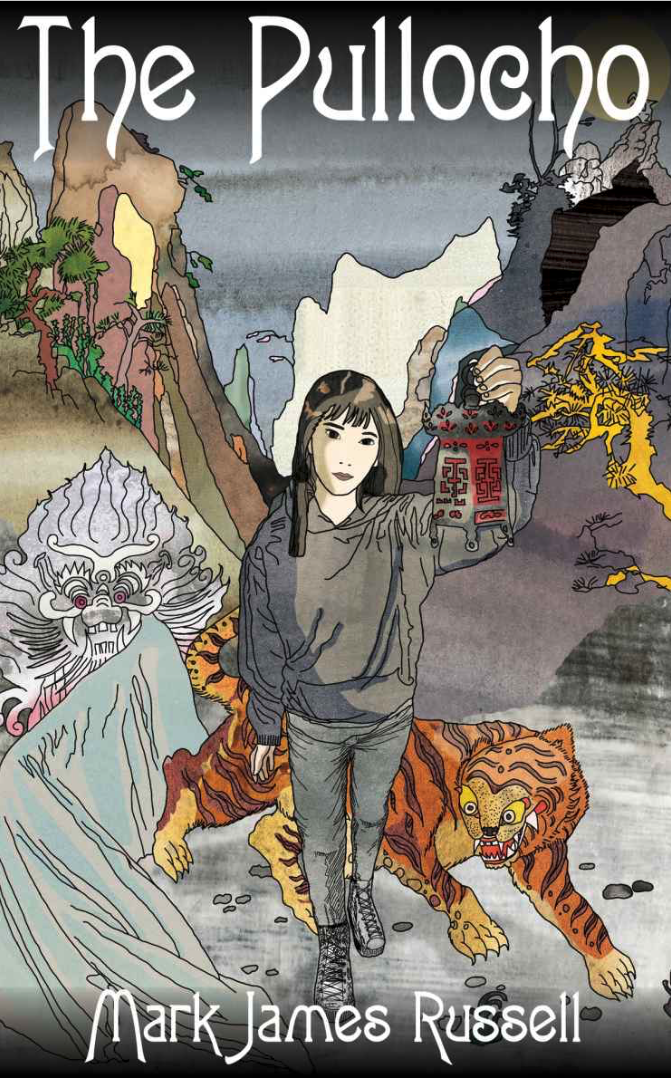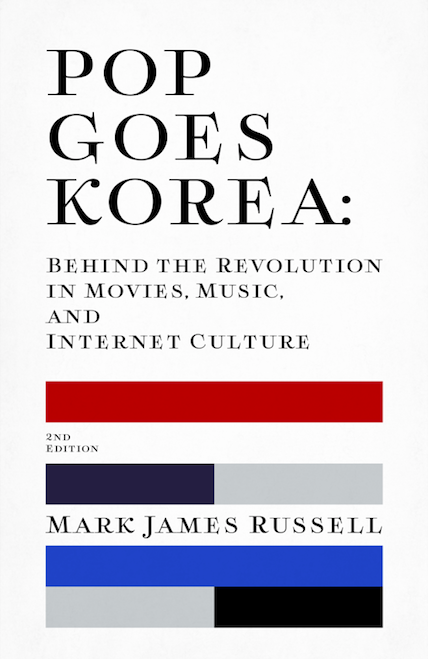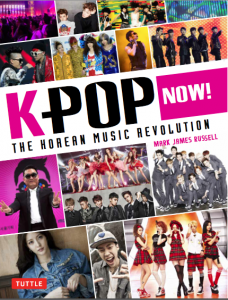Someone asked in a comments thread the other day about the extremely low sales of foreign music in Korea. Which got me thinking about how sales have changed over the past few years. So here are the Korean and foreign sales charts for October 2000.
| This Month | Artist | Album Name | Release Date | This Month’s Sales | Total Sales | 1. | H.O.T | Vol. 5 | 10.02 | 840,370 | 840,370 | 2. | FinKL | Vol. 3 | 10.06 | 386,329 | 386,329 | 3. | Park Jung-hyun | Naturally | 10.17 | 157,536 | 157,536 | 4. | Jo Sung-mo | Vol. 3 | 9.01 | 137,553 | 1,842,680 | 5. | Various | Autumn in My Heart OST | 10.13 | 117,538 | 117,538 | 6. | Y2K | Try Again | 10.23 | 53,155 | 53,155 | 7. | Yurisangja | Vol 4 | 10.16 | 45,051 | 45,051 | 8. | Cho Jang-hyeok | Vol. 3 | 6.16 | 38,030 | 117,408 | 9. | Park Ji-yoon | Vol. 4 | 8.11 | 33,797 | 354,701 | 10. | Jaebum Yim | Story of Two Years | 5.16 | 29,398 | 272,941 |
(source: MIAK)
Foreign Sales:
| This Month | Artist | Album Name | Release Date | This Month’s Sales | Total Sales | 1. | Various | Max 7 | 10.17 | 76,528 | 76,528 | 2. | Jo Su-mi | Only Love Special | 9.27 | 44,726 | 65,550 | 3. | Limp Bizkit | Chocolate Starfish | 10.24 | 32,047 | 32,047 | 4. | Radiohead | Kid A | 10.02 | 27,209 | 27,209 | 5. | Various | Neukkim 20http://beta.blogger.com/img/gl.link.gif00 | 10.10 | 24,615 | 24,615 | 6. | Christina Aguilera | New Package | 10.02 | 18,857 | 18,857 | 7. | Ricky Martin | Ricky Martin | 1999.04.28 | 12,893 | 260,220 | 8. | 98 Degrees | Revelation | 10.12 | 11,684 | 11,684 | 9. | Green Day | Warning | 10.05 | 11,354 | 11,354 | 10. | Britney Spears | Oops!… I Did It Again | 5.16 | 11,286 | 157,439 |
(source: MIAK)
The first thing you will notice is how much larger all those numbers are than October 2006. Shockingly so, I would say. (Although it is worth noting that back in 2000, cassette sales were still pretty significant in Korea, about half of those totals, so the numbers do not compare exactly).
The top title in 2000, by the seminal boy band H.O.T (“Hi-five Of Teenagers”, in case you did not know), could sell 840,000 copies in just one month. Even more amazing, in September, Jo Sung-mo sold a staggering 1.7 million copies of his new album. Cut to 2006, and Rain could barely crack 70,000 copies of his new album.
In 2000, there were four albums that sold over 1 million albums. The biggest-selling album so far this year, the latest by SG Wannabe, has sold just 294,000 copies — that would have been good enough for just No. 28 in 2000.
Then, as now, the top Korean albums far outsold foreign albums. The top foreign album of 2000 was Mariah Carey’s Christmas Album, which moved 468,000 — much better than anything now, but a fraction of what H.O.T sold.
Now, one reason Korean individual album sales are higher than Western albums is because that mirrors the overall trend. In 2000, 63% of sales were Korean music, while just 26% were foreign (Japanese music was illegal in Korea at the time), and 11% was classical.
But another reason that international music seems to sell less well is that Western music uses catalog sales a lot more. The Korean music industry is much more about selling now stuff now and moving on. In the West, think about how many of your albums are “classic” rock or Joy Division or whatever, stuff long since done but that still speaks to you today. In university, it seems like half the freshman class buys Van Morrison’s Brown-Eyed Girl each year. But who goes to university in Korea and suddenly thinks, “I really need the second S.E.S album”? And it seems like most Korean young people do not give a damn about their country’s great classic rock tradition (Shin Joong-hyun, He6, etc.).
This lack of catalog sales is no accident. Because the Korean music industry (like in much of Asia) is so dependent on payola for promoting and marketing acts, it greatly limits the time available for music that is not part of the scene. Western labels generally won’t get involved in payoffs, and catalog sales are too spread out to be worthwhile making pay offs (you need new, big-selling, splashy titles for that system to work best). So once again you can see how poor and corrupt business practices lead to a narrowing of the market, both in terms of what is available and what is known and appreciated by consumers. Business and art, intertwining (as always).



Leave a Reply